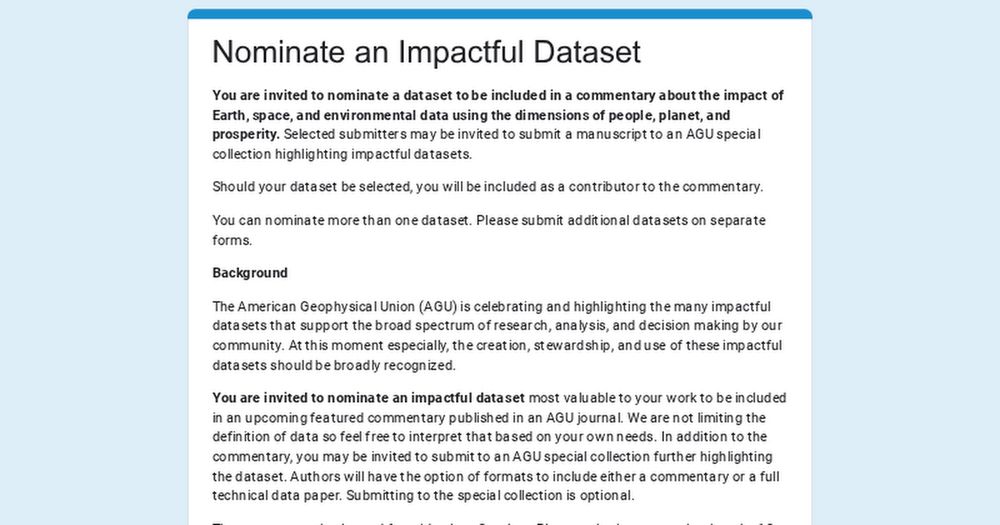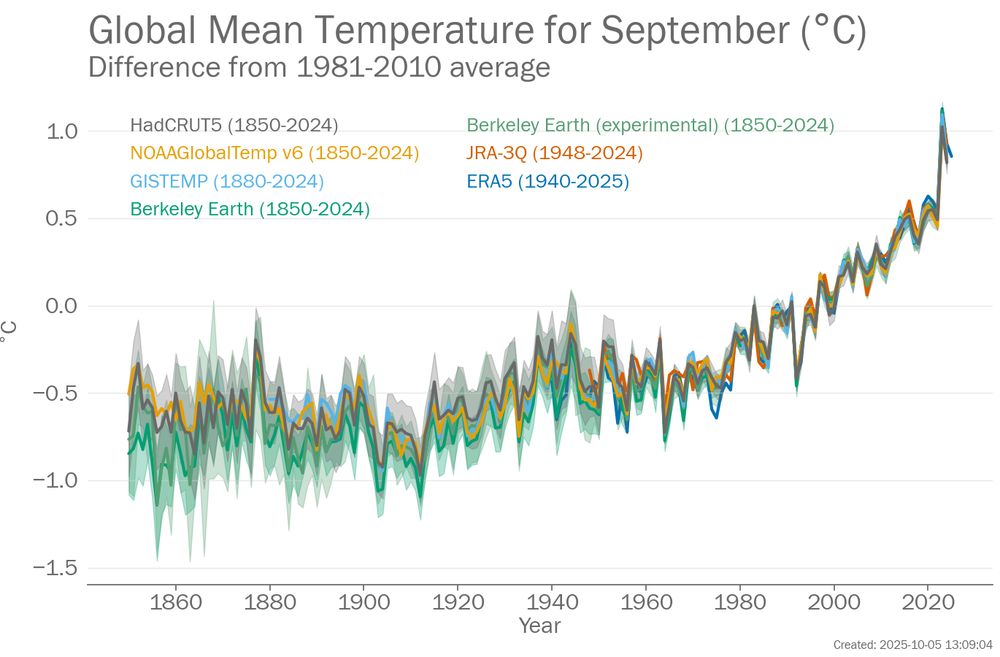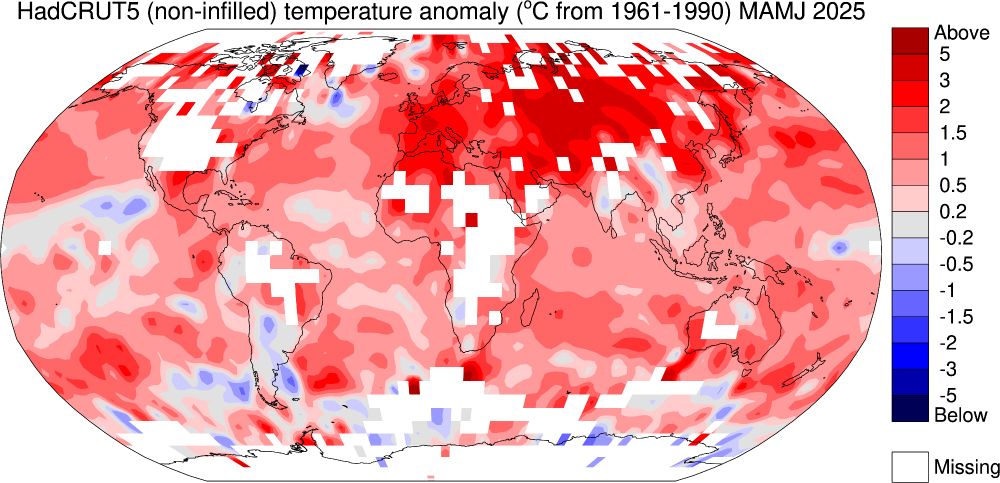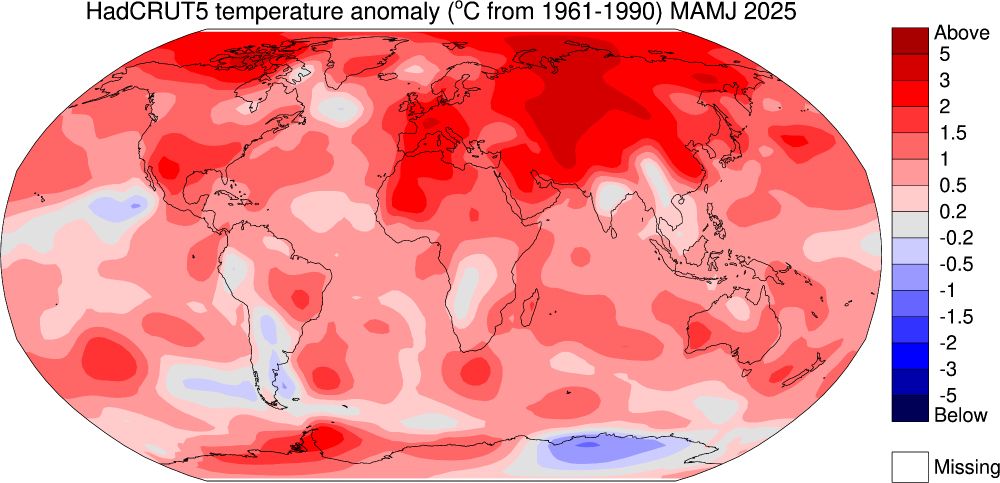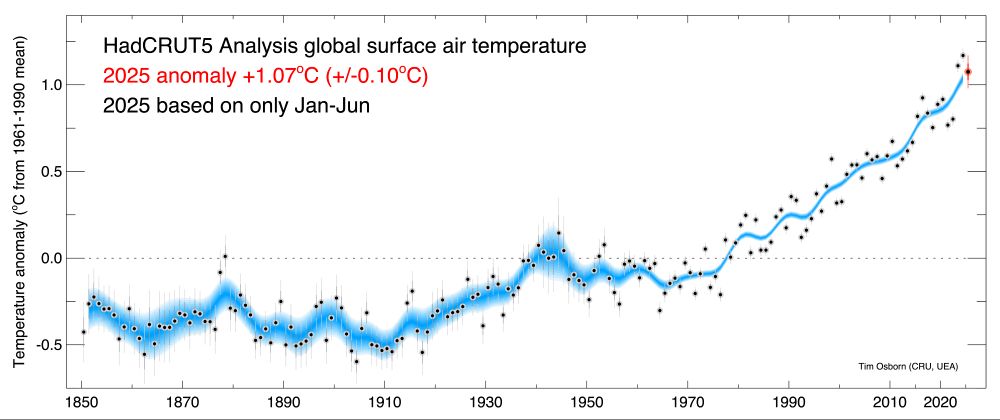Occasional climate scientist, diagram monkey, probabilistic historian, science anti-communicator. All views and opinions are my own. This is not, sadly, a promise of novelty: it’s a disclaimer. He/him. https://www.jkclimate.fr/ .. more
Occasional climate scientist, diagram monkey, probabilistic historian, science anti-communicator. All views and opinions are my own. This is not, sadly, a promise of novelty: it’s a disclaimer. He/him. https://www.jkclimate.fr/
Reposted by John Kennedy
Reposted by Dorothy Bishop, John Kennedy, Ben Bond‐Lamberty
Reposted by Peter Thorne
Reposted by Peter Jacobs
Reposted by John Kennedy, Peter Thorne, Ed Hawkins
Reposted by John Kennedy
Reposted by John Kennedy, Peter Thorne, John K. Pinnegar , and 3 more John Kennedy, Peter Thorne, John K. Pinnegar, Du Toit, Ed Hawkins, Flavio Lehner





